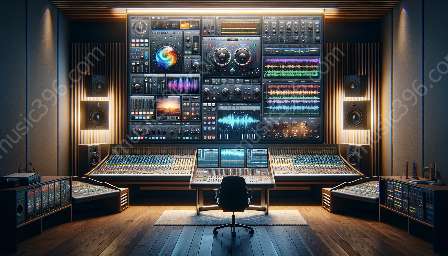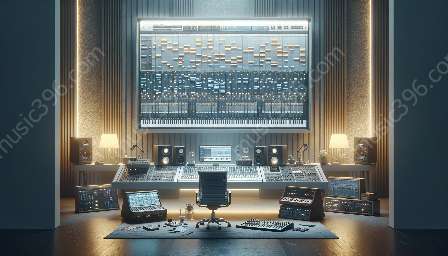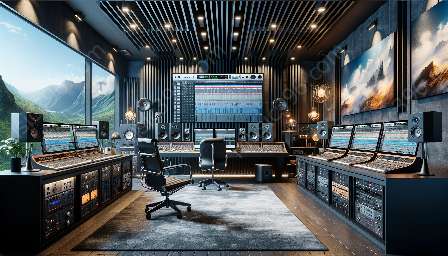Are you looking to boost the capabilities of basic audio effects in digital audio workstations (DAWs)? In this comprehensive guide, we'll explore how to overcome limitations and enhance the functionality of DAW-based audio effects, providing practical tips and techniques for achieving professional results.
Understanding Basic Audio Effects in DAWs
Digital audio workstations (DAWs) have revolutionized the way music and sound are created and manipulated. From recording and editing to mixing and mastering, DAWs offer a range of built-in audio effects that can be applied to enhance the sonic characteristics of audio recordings. These basic audio effects typically include tools such as equalization (EQ), compression, reverb, delay, and modulation effects.
Limitations of Basic Audio Effects
While DAWs provide a solid foundation of audio effects, they may have inherent limitations in terms of flexibility, customization, and sonic quality. For instance, the built-in EQ may lack the precision required for surgical frequency adjustments, or the included reverb plugin may not offer the depth and realism desired for a particular mix.
Enhancing Basic Audio Effects with Third-Party Plugins
To overcome the limitations of basic audio effects in DAWs, many audio professionals turn to third-party plugins. These plugins often provide enhanced functionality, additional features, and improved sound quality compared to the stock audio effects included in DAWs. From premium EQ and compression plugins to specialized reverbs and delays, third-party plugins offer a wealth of options for tailoring audio processing to specific needs.
Utilizing Automation and Modulation
Another way to enhance the functionality of basic audio effects in DAWs is by utilizing automation and modulation. By automating parameters such as EQ frequencies, compressor thresholds, and effect mix levels, users can create dynamic, evolving soundscapes that add depth and movement to their audio productions. Additionally, applying modulation effects like chorus, flanger, and phaser can inject a sense of movement and spatialization into audio tracks, further enhancing their sonic impact.
Advanced Integration Techniques
Beyond third-party plugins and modulation, advanced integration techniques can be used to augment the functionality of basic audio effects in DAWs. This may involve employing external hardware processors, utilizing sidechain processing for creative dynamics control, or implementing advanced routing and signal processing techniques to achieve unique sonic results.
Optimizing Workflow and Efficiency
Enhancing the functionality of basic audio effects in DAWs also involves optimizing workflow and efficiency. This can be achieved through the use of templates, custom presets, and macros that streamline the application of audio effects, allowing for quicker experimentation and creative decision-making.
Maximizing the Potential of Basic Audio Effects
Ultimately, the key to overcoming limitations and enhancing the functionality of basic audio effects in DAWs lies in maximizing their potential through creative and innovative approaches. By combining technical knowledge with artistic vision, audio professionals can unlock the full capabilities of basic audio effects, elevating the quality and impact of their music and sound productions.









